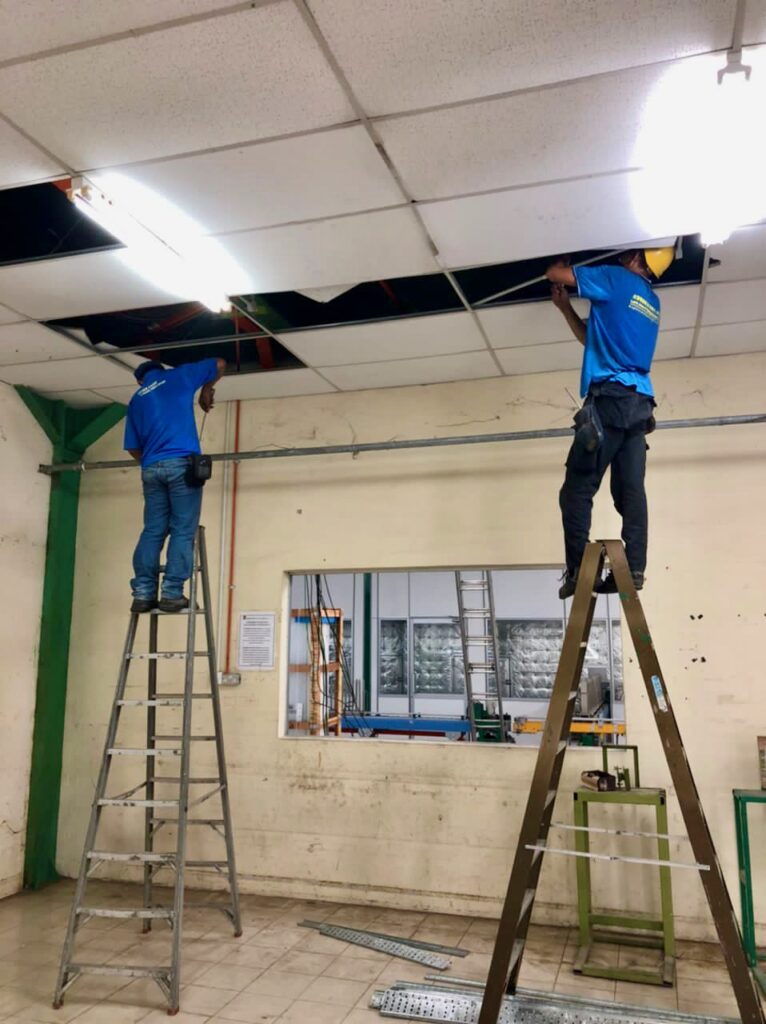Electrical appliances and fixtures have become a necessity to our daily life, any breakdown that disrupts their use usually require us to contact an electrician for troubleshooting services to help fix broken electrical appliances and fixtures. Electrical technicians are professionals who offer solutions to any electrical power-related difficulties, which might include everything from lights to switches, circuits, and fuses. Electrical technician can also help provide effective guide on lowering energy bills with their experience in conserving energy.
Because, unlike most jobs, no two electrician jobs are the same, troubleshooting skills are essential for these professionals. Each one will bring its own set of issues and quirks, and a good electrical contractor will be able to think on his feet and quickly grasp the problem and the solutions required to solve it. Electrical equipment problems must be resolved by identifying and replacing the faulty components that are causing the malfunction.

Experienced Electrician
Expert electricians who are called in to look at problems will use a systematic approach that allows them to systematically and logically analyse the circuit that is causing a problem in order to pinpoint the defect that needs to be repaired. It could be as simple as no power at the particular plug point being used, a faulty switch, faulty wiring, or a defect in the equipment itself. The first step is to confirm that a problem exists, and then to pinpoint the source of the problem. This root cause must then be addressed. Once the correct information has been gathered, it must be analysed and further corrective steps must be planned that can lead to the implementation of a solution. The solution’s effectiveness must then be evaluated, and if found to be correct, it must be saved for future reference.
Throughout the troubleshooting process, the electrical contractor and workers must work quickly, efficiently, and economically while also giving due consideration to safety and following all precautions to ensure safe working. There must be no undue risk with live or defective circuits, and wires must be constantly tested for liveness before being worked on. Troubleshooting becomes effective when all of the symptoms displayed by the problem are clearly identified and elaborated, leading to the identification of the faulty functions. The actual fault must then be located, and the faulty component of the wiring controls, power, or equipment must be identified. Once the defective part or component has been replaced, it must be retested and the causes of failure must be determined so that they do not reoccur.
Troubleshooting problems with electrical equipment and fixtures necessitates checking the power supply, circuit breakers, wires and cords, switches, and the defective equipment. Each area must be thoroughly examined and tested for defects that may be causing the malfunction. Tripping circuit breakers indicate a problem with the wiring, outlets, or equipment. Often, electrical system defects are caused by overloading of specific circuits, and the electrical technician may be required to recommend additional wiring and outlets to prevent this overloading. It is always a good idea to test outlets for leaks using the proper testing equipment.
Electrical technician must understand how circuits work as well as all of the switches, relays, sensors, and equipment connected to each circuit. This can help them troubleshoot any problems that arise.

